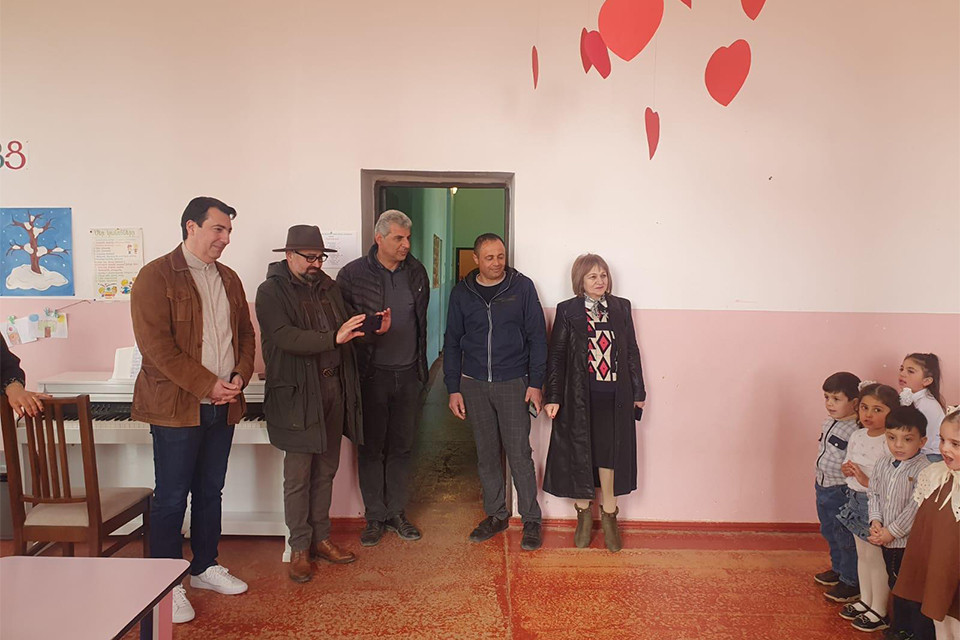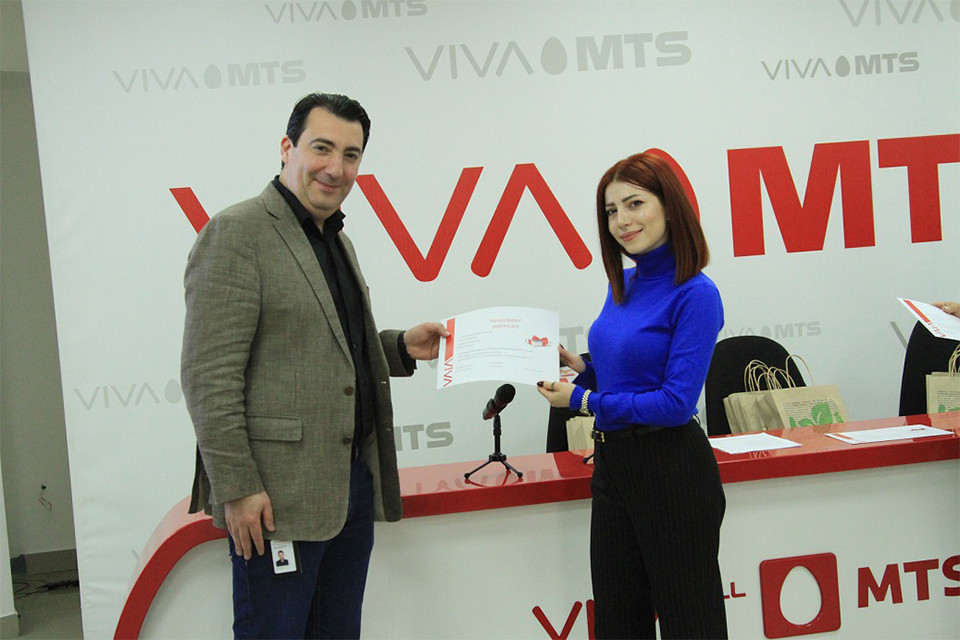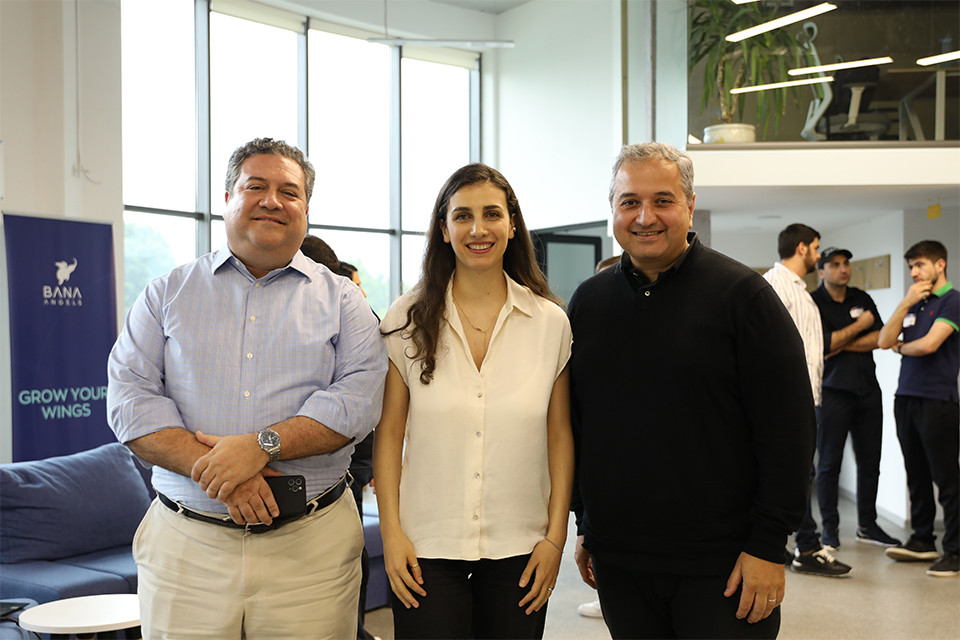18:02 | 22.02.24 | News | 9439
The kindergarten of Armavir village is already being supplied with solar photovoltaic panels
Thanks to the efforts of the Foundation for the Preservation of Wildlife and Cultural Assets (FPWC) and Viva-MTS, the kindergarten in Armavir village of Armavir region has now been equipped with solar photovoltaic panels to reduce energy expenses.
The system operates at a capacity of 22.5 kW/h during peak hours and has two electric heaters with a capacity of 21 kW/h each. The energy produced ensures the regular operation of the kindergarten and holds the potential for opening a new group.
“Neglecting the power of sun in the land of sunlight would be a significant oversight. Particularly now, when the global trend goes towards enhancing people’s lives while conserving resources, we should seize the opportunities presented by technologies. It’s a strategic direction for us which is reflected both in our projects and in our everyday activities. For us, integrating solar plants is a part of our mobile network modernization. It’s a reasonable approach and a long-term investment that benefits people, nature, and economy,” Viva-MTS General Director Armen Avetisian noted.
"Through collaborative efforts we are not only transforming energy infrastructure in the villages but also fostering sustainability and environmental consciousness. Projects like this are pivotal steps towards a greener and more prosperous future for rural communities in Armenia," said Ruben Khachatryan, director of the Foundation for the Preservation of Wildlife and Cultural Assets.
Victoria Avagyan, the director of the kindergarten, highly evaluates the program implemented in collaboration with the Foundation for the Preservation of Wildlife and Cultural Assets (FPWC) and Viva-MTS. She is pleased that the installation of the solar panels will make the kindergarten's programs more sustainable and environmentally friendly.
Similar environmental projects implemented in the regions of Armenia by Viva-MTS and the Foundation for the Preservation of Wildlife and Cultural Assets contribute to the reduction of expenses for rural communities and the enhancement of residents’ life quality.

17:29 | 24.09.25 | Articles
Jacopo Losso on Cross-Border Investments and Why Armenia Attracts Angels









